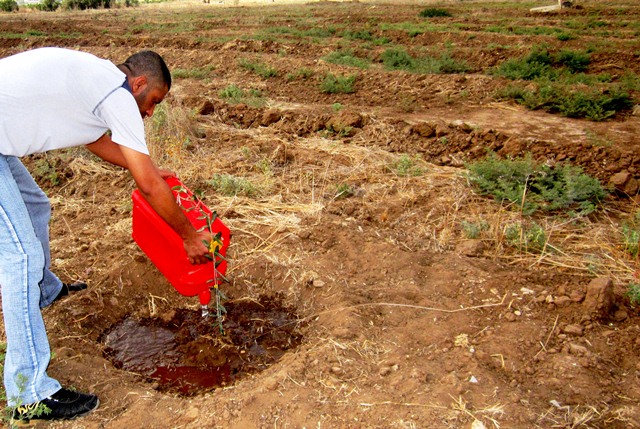Tag: Beit Hanoun
-
Gaza: Planting the symbol of Palestinian livelihood
12 October 2011 | International Solidarity Movement, Gaza The zone of death, what Israel calls the buffer zone, to the north of Beit Hanoun isn’t shrinking but is a little less dead. For the last three years, the only life that has managed to survive here was a few scraggly plants that somehow manage to…
-
Gaza: 29 years later, Palestinians march forward
22 September 2011 | International Solidarity Movement, Gaza For three years the Beit Hanoun Local Initiative and the International Solidarity Movement have marched into the buffer zone north of Beit Hanoun. Tuesday, September 20th was no different. We gathered near the agricultural college, and at 11 AM we marched north into the buffer zone. There…
-
Iftar at the House of the Ezkadenia
24 August 2011 | International Solidarity Movement, Gaza Israel’s latest round of attacks on Gaza has made it too dangerous to demonstrate in the buffer zone. The people of Beit Hanoun do not demonstrate because they want to die, they demonstrate because they want to live. They want to live in dignity, they want to…

